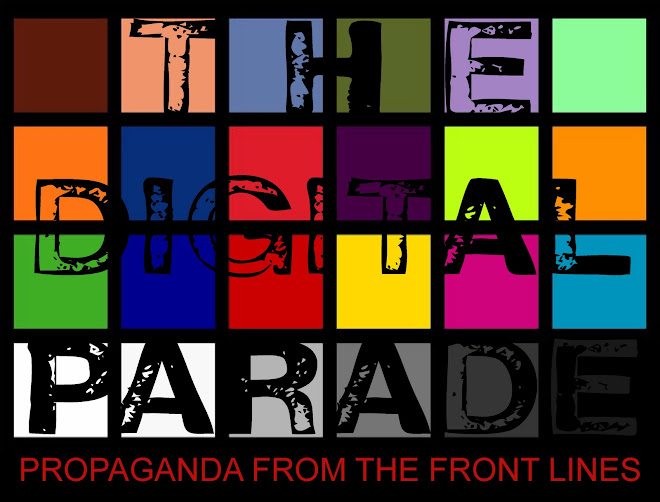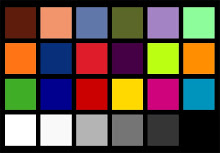
Here's a few observations from the field when using the nanoFlash on high-end, digital cinema cameras like the Sony F35 and Arri D-21.
The nano is a very smart machine. It will automatically detect an incoming HD video signal and display its format at the bottom of the LCD screen. If you are unsure of what a camera is sending you via its HD-SDI out make sure you take a moment to check with the nano.
I've used the nasnoFlash to record directly off a Sony F35's interface box with no problems. But the "monitor out" SDI outputs will NOT pass any Timecode or audio information. Take note because this is important. If you need embedded audio and TC then you must connect the nanoFlash to one of the SDI outs on the interface box. And if you are shooting 4:4:4 then your best bet is to separate the SRW-1 from the camera body, connect it to the SRPC-1 Video Processor (aka: The Toaster!), and use the monitor out SDI output. Just be sure to take note that this signal is set at a default 59.94i frame rate. This means that if you have set the F35 at 23.98PsF you will NOT be getting a true 24P signal coming out of the toaster. If you've enabled your nanoFlash to record PsF but have not added a 3:2 pulldown to the 29.98PsF out you'll end up with motion artifacts.

Fortunately, you can easily add a 3:2 pulldown after the fact to get your 23.98PsF back. But you're best off by either setting a 3:2 pulldown via the SRW-1's video menu or enabling a 3:2 pulldown in the nanoFlash itself.
Also of great interest is the ability for the nano to accept a Timecode Trigger to begin recording. If you are working in a Record Run TC mode this means that the nanoFlash will begin recording when you hit your camera's record button (as soon as the TC advances). If you're working with a single-system (audio + video are one) this is a sleek and efficient process. If you're running a dual-system (audio + video are separate and will be matched later in post) then you're most likely using a Time-of-Day TC mode and you'll have to trigger your nano manually.
Some more tidbits: A 32GB CF card will easily hold more than 50min. worth of 23.98PsF material at 50Mbps Long-GOP (HDCAM SR anyone?). At 100Mbps you'll get about 40min.
You can record any Log Gamma modes with a nanoFlash including S-Log, Panalog, etc. as long as you're sending the nano a 4:2:2 signal. Your D-21 set to Log-C 4:4:4 will have you seeing funny things in post production.
You may need to add the XDCAM plugin to Quicktime Player in order to view nano QTs properly. Check: Sony Support or Calibrated Software or Perian.
Be sure to consult Convergent Designs approved Media page when picking out CF cards to use with your nanoFlash. It never hurts to test something before you push the button and sink the Titanic.
Finally, the nano3D rig is right around the corner. Having two synced nanoFlashes for 3D television and commercial work will be just awesome. Plus I bet you can record 4:4:4...


No comments:
Post a Comment